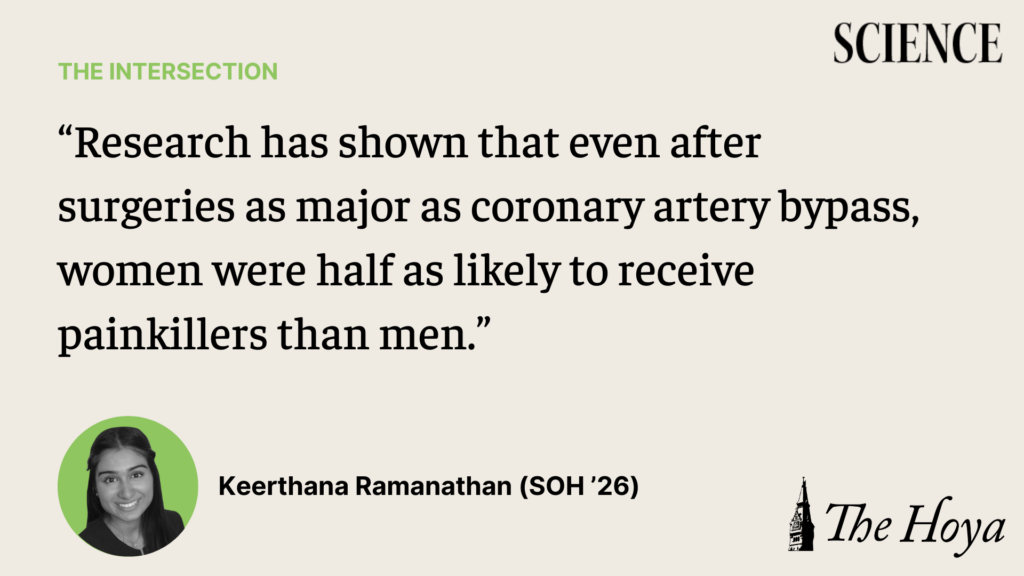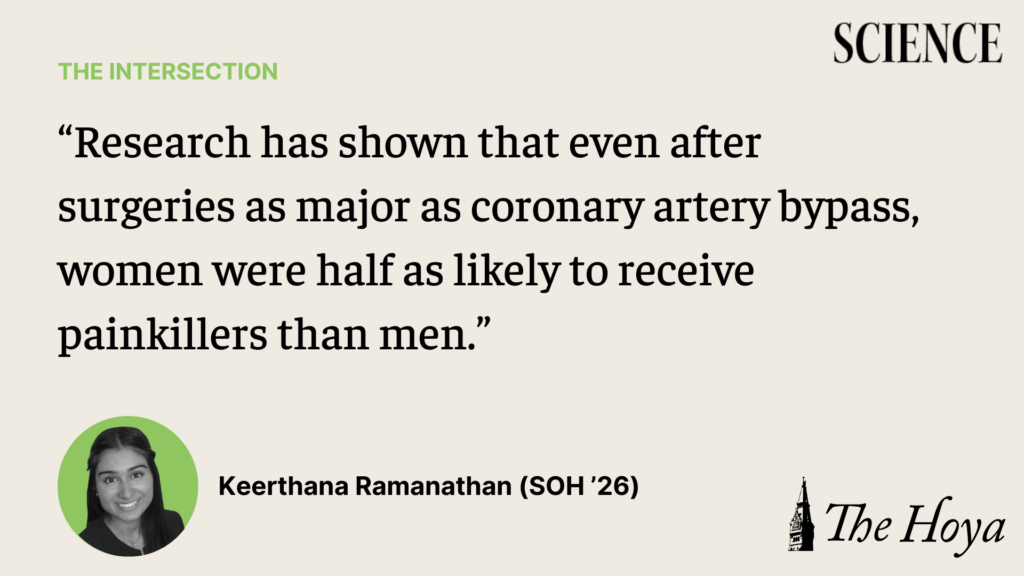At around 7:58 a.m., I walked into the clinic.
The first patient arrived. He was middle-aged, with large Harry Potter-esque glasses and was tightly clasping the inside of his arm as he walked in. After asking him to remove his hand, I saw a large red infection creeping down his arm.
“I’m not able to move my arm,” he said.
“Did you injure it?” I asked.
It was hard to the touch, like stone. It was not until I moved my hand that I saw the scab left behind by the needle.
“I promise, I just started using again,” he said to me, once again clasping his arm. “I’m a good guy, I promise, I have two kids, but, I just can’t seem to stop.”
I saw a dozen similar cases throughout my time working at a clinic near my home in Minneapolis this past summer. From a young man found with only a small Ziploc bag of heroin in his pocket to a working mom who came in with a needle stuck in her arm, I came face to face with one of the most devastating epidemics in the country.
The fact of the matter is there is no singular culprit of the opioid epidemic in the United States. However, systemic healthcare accessibility policy failures have contributed to the continuation of this epidemic and exacerbation of healthcare inequality.
Medicine and politics are not separate. It’s time to recognize their intersection.

The opioid epidemic began in the 1990s and can be categorized into three distinct waves. The first wave is largely attributed to doctors overprescribing opioids in response to large pharmaceutical giants urging them to. Purdue Pharma, the manufacturer of OxyContin, convinced healthcare providers that it is not possible for patients to become addicted to opioid pain relievers, leading to widespread overprescription and misuse.
The use of certain prescription opioids increased by 500% and overdose rates quadrupled from 1999 to 2011, making the addictive and dangerous nature of these prescription drugs clear.
With the second wave of the epidemic, states cracked down on prescription laws and opioid users turned to heroin. Overdoses doubled from 2010 to 2012 and addiction became worse. This led directly to the third wave that began with the production of synthetic opioids like fentanyl and once again, addiction worsened.
After a brief decrease in death rates in 2018, addiction rates are back on the rise this year. An estimated 187 people die every day from opioids, according to the Centers for Disease Control, prompting some experts to call this the fourth wave of the epidemic.
With each wave come new policies like the Comprehensive Addiction and Recovery Act, which seek to curb this epidemic, yet crippling rates of opioid addiction persist.
But these policies fail to treat the epidemic for what it is: an intersectional healthcare crisis.
Since 2011, access to opioids has been significantly cut due to decreases in dispensing rates. Makes sense, right? If we take away the culprit, we should, hypothetically, solve the problem. However, overdose death rates have almost quadrupled since then.
When people are prevented from accessing opioids, it is common to see patients turn to more powerful drugs. This has kickstarted the production of more powerful, potent and deadly drugs.
Opioid withdrawal, a life-threatening condition that occurs when a patient who is dependent on opioids suddenly stops taking or is barred from taking them, causing severe physical and mental symptoms, is driving this shift.
This outcome is not entirely new in U.S. health history. A similar pattern was observed during the prohibition era in the 1920s. During the prohibition, the illegal sale of hard liquor was significantly preferred over more commonly consumed liquor like wine and beer. This phenomenon is known as the “Iron Law of Prohibition” which states that when a product is regulated, suppliers are driven to make their products smaller, which coincides with an increase in potency.
This is analogous to the opioid epidemic, as people are now starting to look to synthetic versions of opioids that can be thousands of times more potent.
Further complicating the crisis, existing policies make it challenging for those suffering from opioid dependence to get the treatment they need. Due to the stigmatization of substance use disorders, insurance often does not cover treatment. Only around 20% of people with an opioid use disorder actually have access to treatment, according to a research study by the National Institutes of Health.
Policies have also made it harder for doctors to prescribe the life-saving medicine buprenorphine, which helps treat addiction. Furthermore, states have not intervened by requiring insurers to cover addiction medication for opioid dependence.
This is a stark difference from the policy seen in France, which suffered an opioid epidemic in the 1980s and ’90s. With the deregulation of buprenorphine in 1995, overdose deaths fell by 79%, saving lives and curbing their opioid crisis. This highlights how important it is to relax the rules surrounding addiction treatment, rather than impose more, during a time of crisis.
Furthermore, this strict regulation of addiction treatment dissuades people from prescribing medication to those who need it. This is especially problematic when healthcare providers fall victim to this. A recent news article has uncovered that a nurse at a Yale fertility clinic switched out pain medication for saline, leaving women in extreme pain.
Research has shown that even after surgeries as major as coronary artery bypass, women were half as likely to receive painkillers than men. Black people face a similar issue: they are significantly less likely to be prescribed medication to reduce pain. A 2019 study showed that those who identify as Black were almost 70% less likely to receive a prescription for buprenorphine.
Although it is important to recognize the catastrophic effects the opioid epidemic has imposed on the United States, the stigma surrounding the opioid epidemic has resulted in a lack of treatment options and strengthened healthcare inequality in the United States. To truly combat the effects of this epidemic, it is necessary that policymakers devote their efforts to increasing accessibility to treatment options by requiring insurance agencies to cover addiction treatment. In the meantime, we must work against the stigmatization behind the epidemic, and instead, be a voice that calls for treatment instead of alienation.









